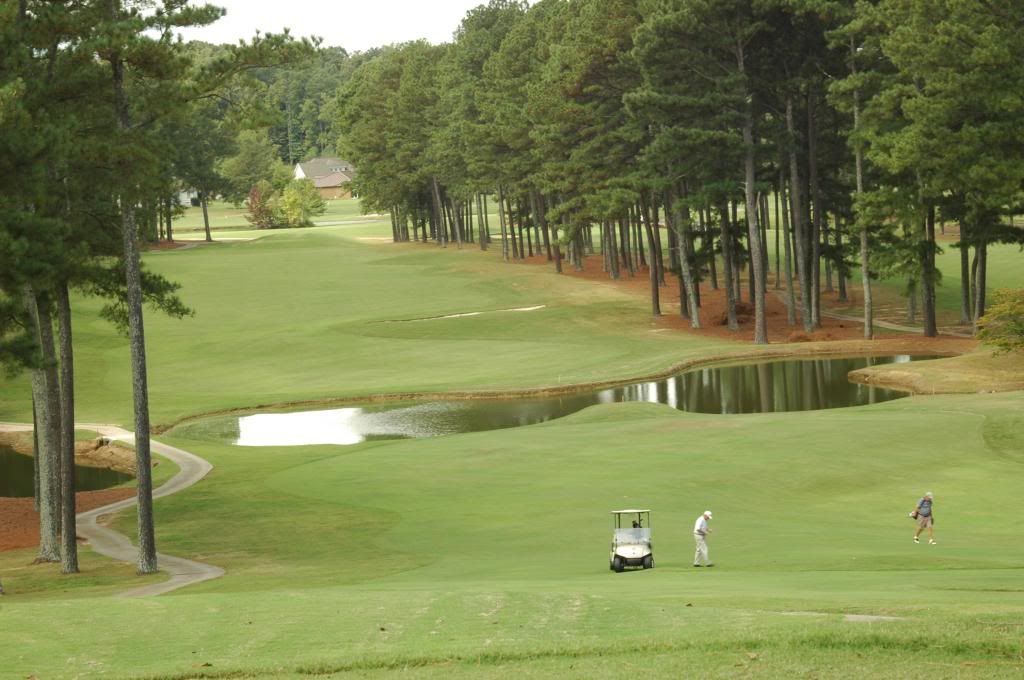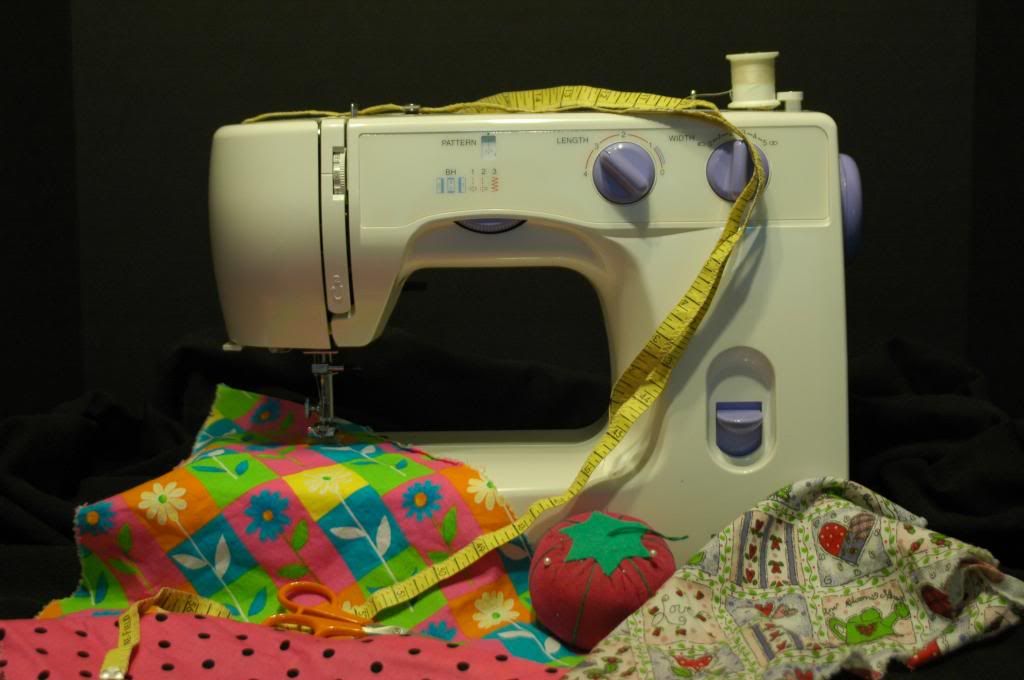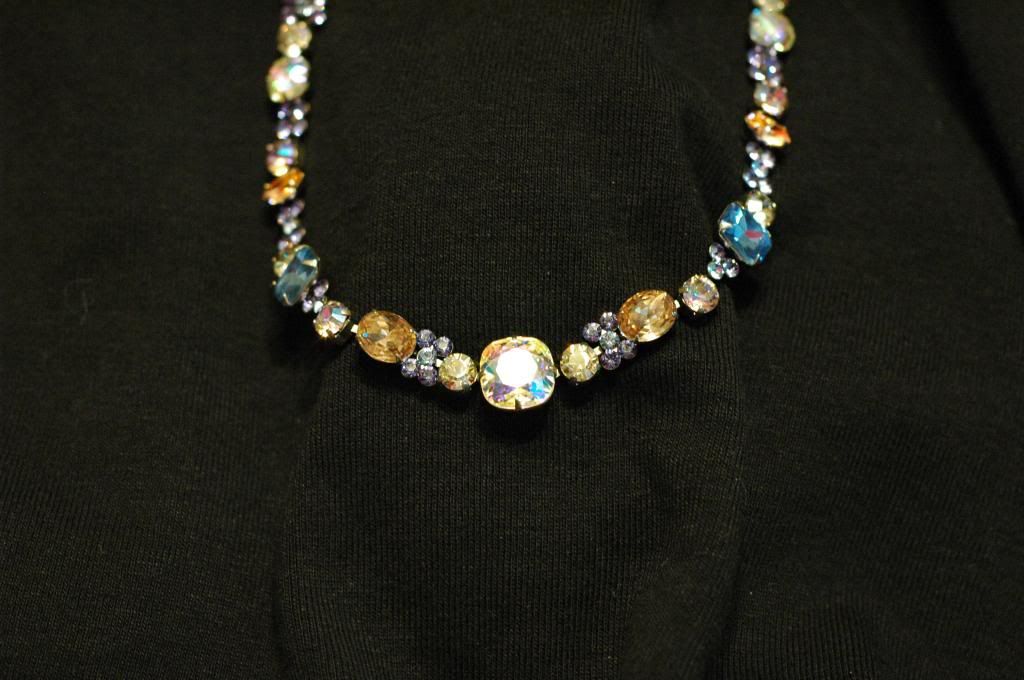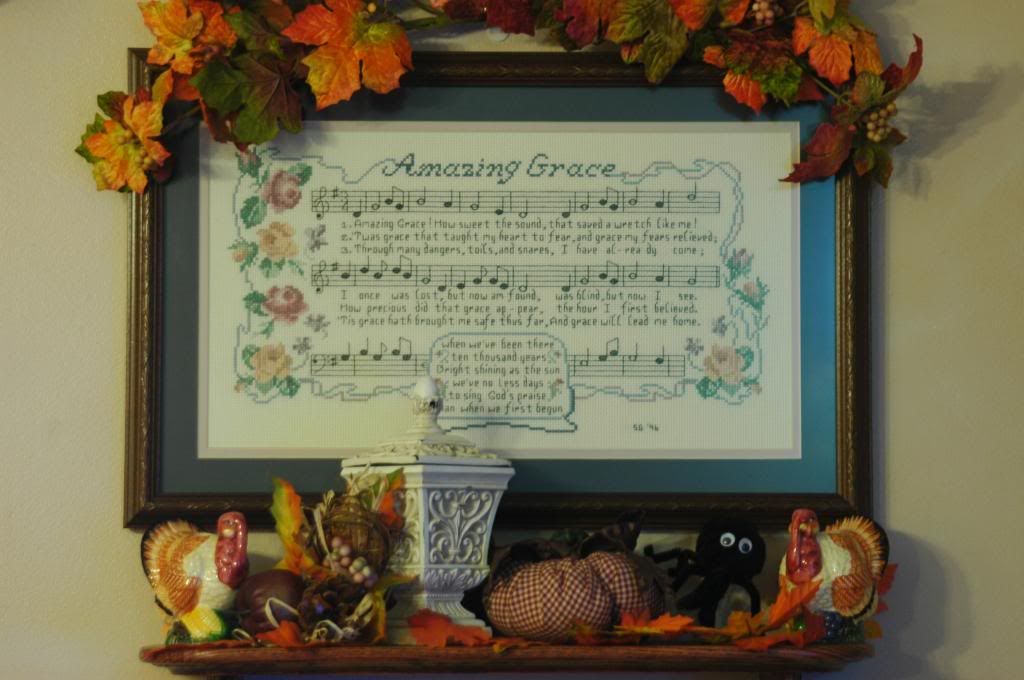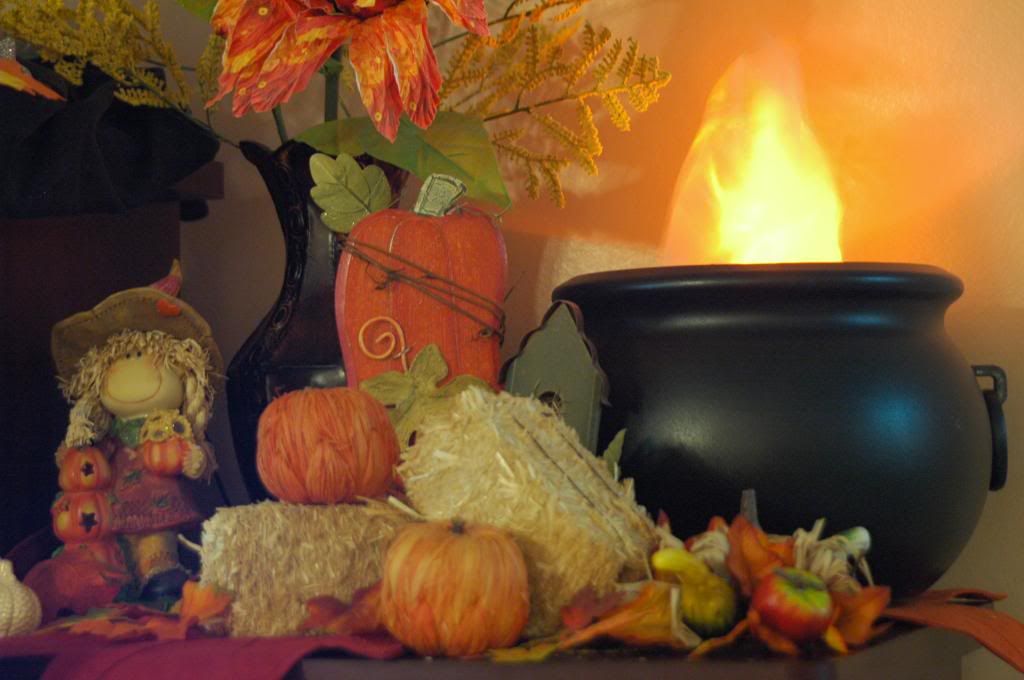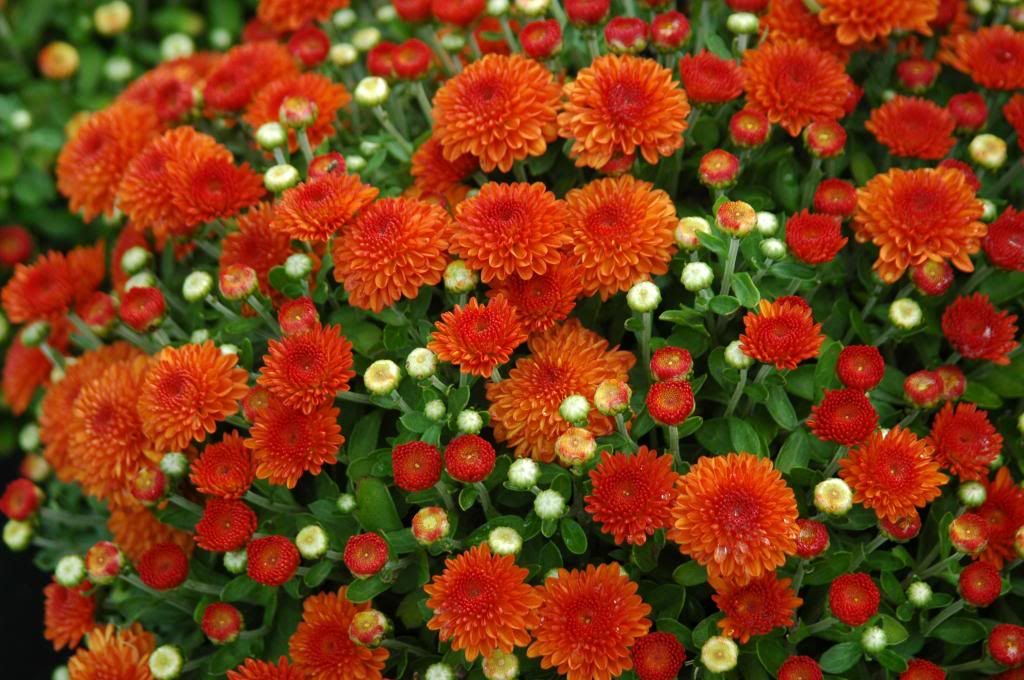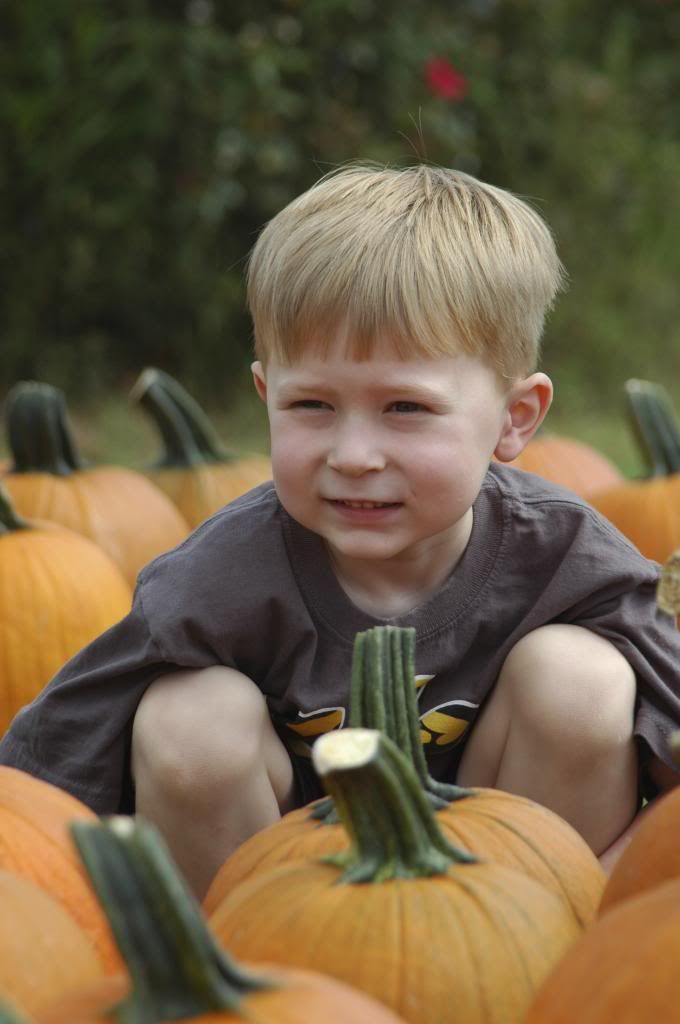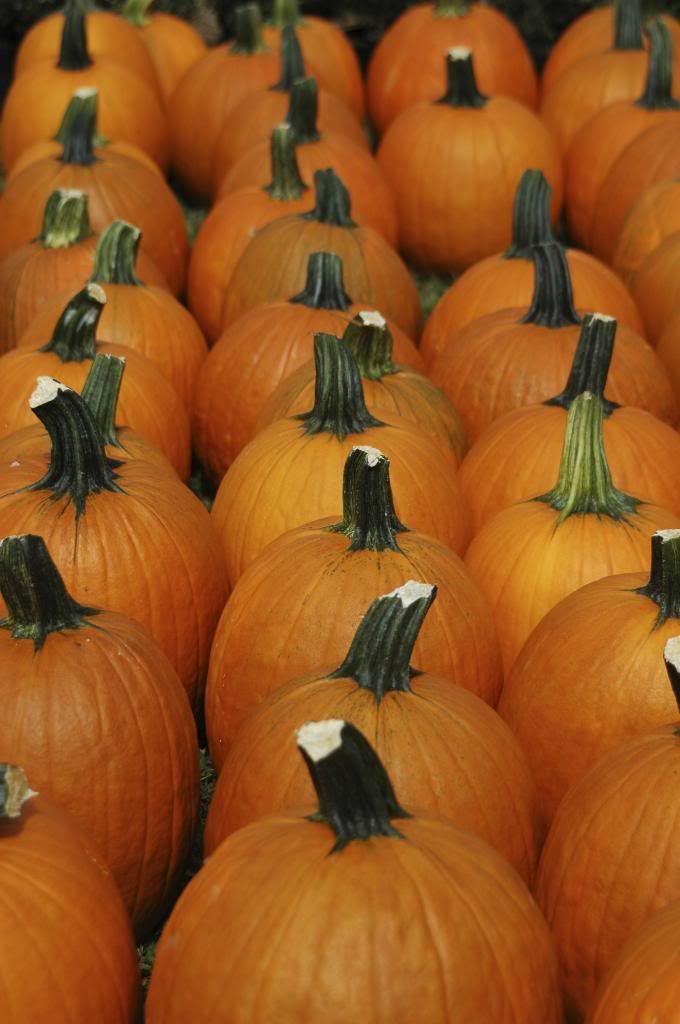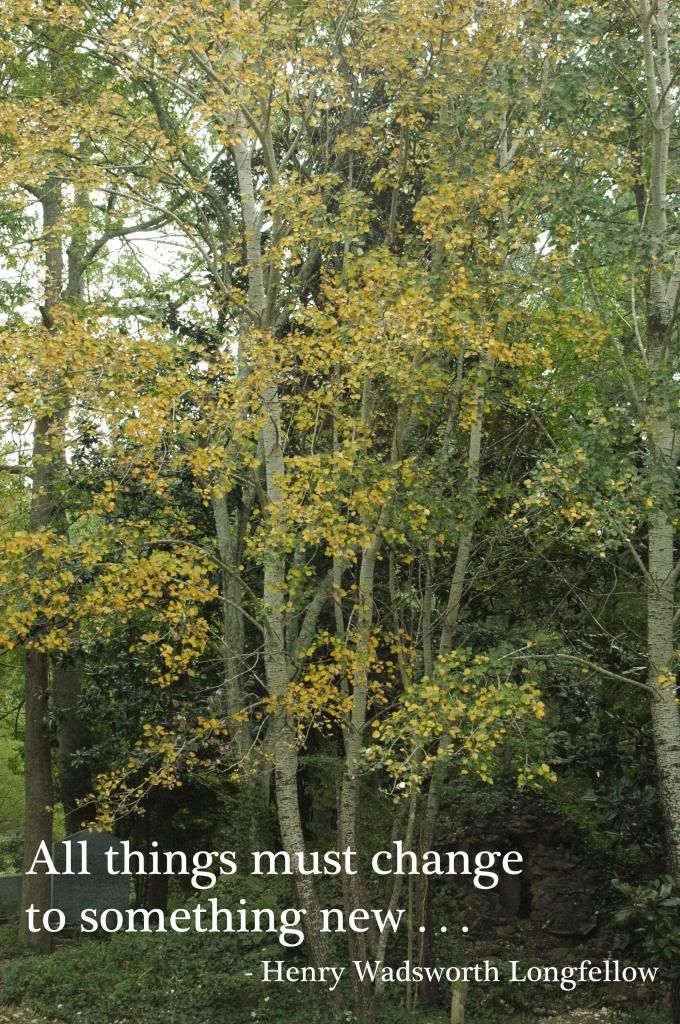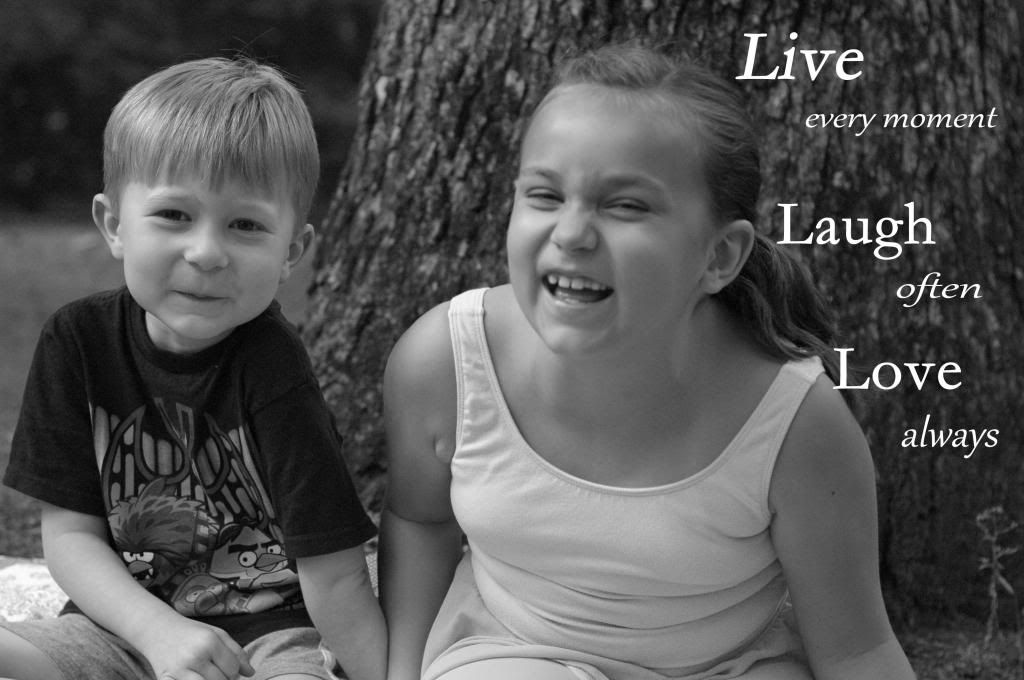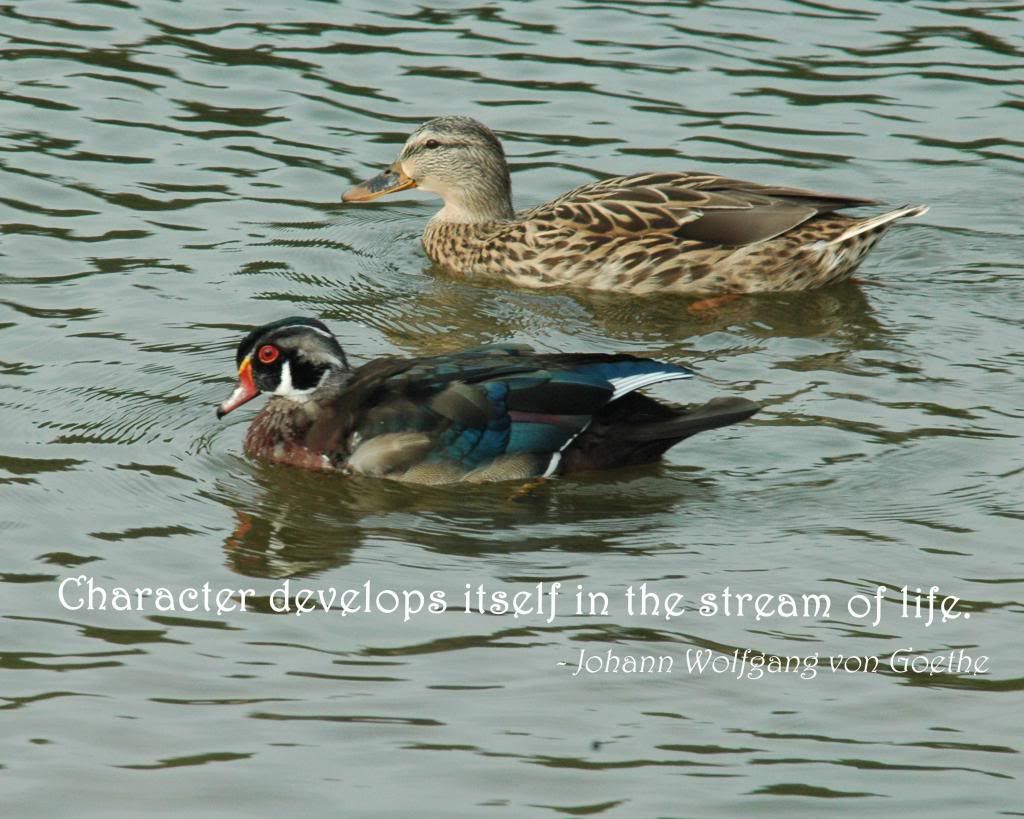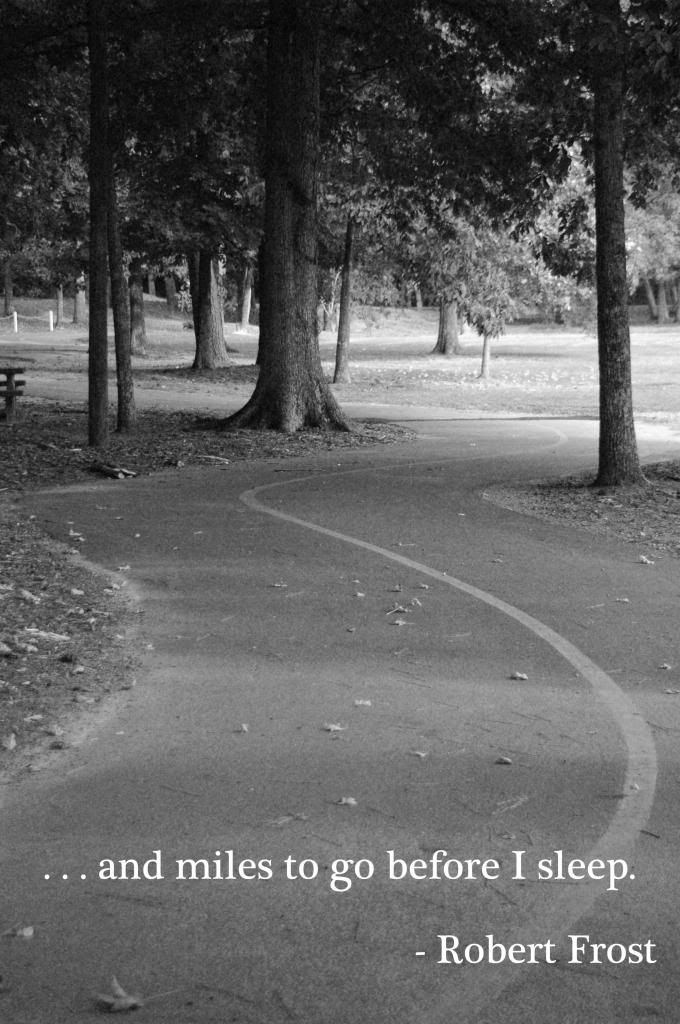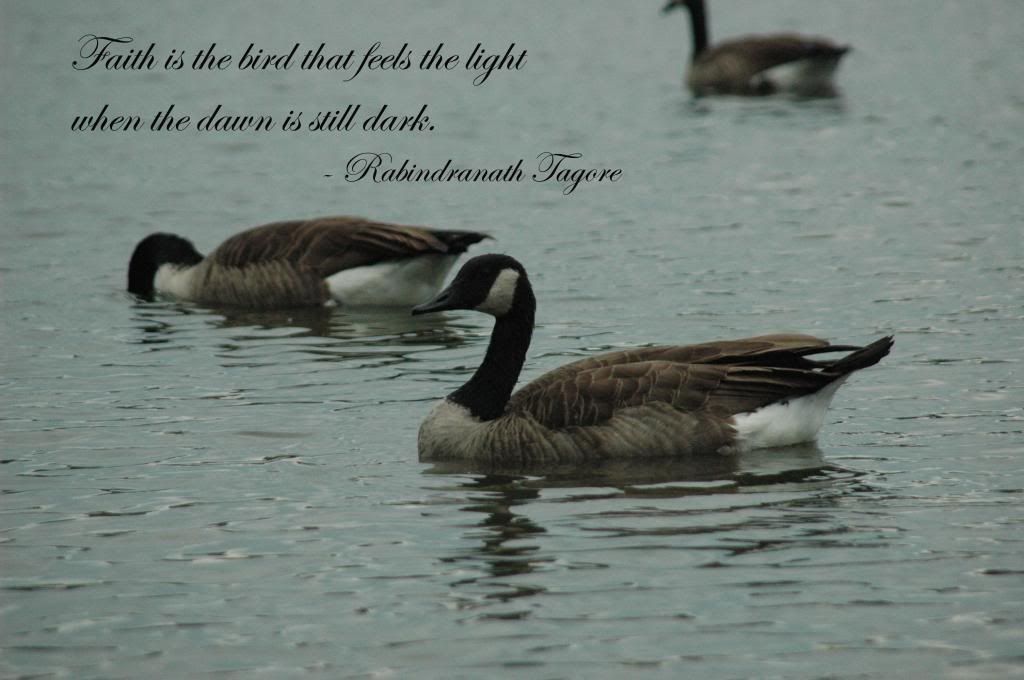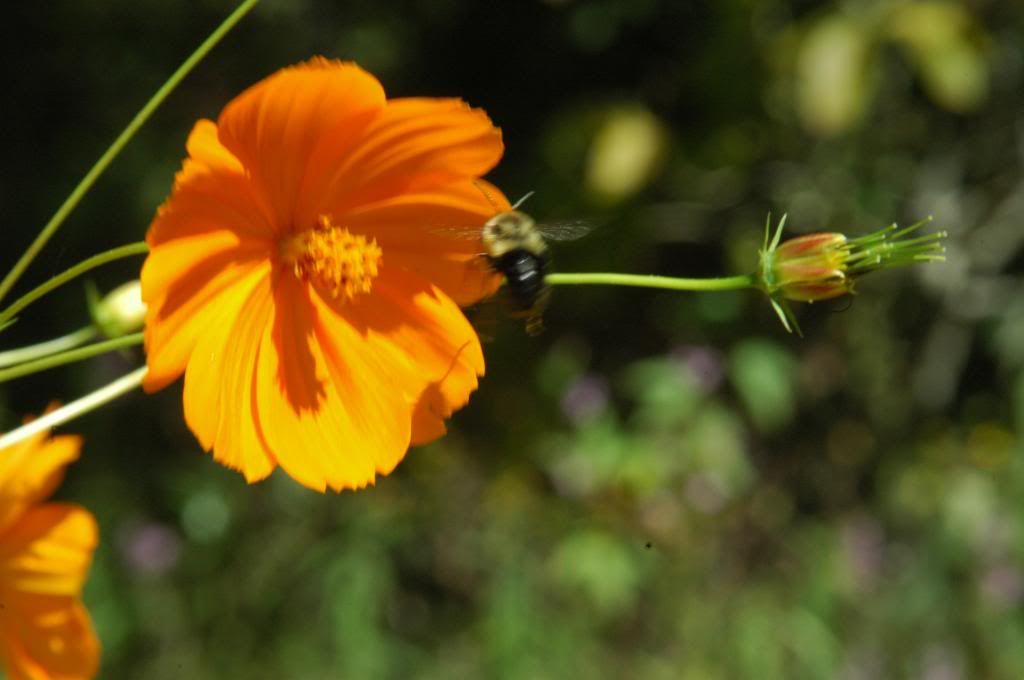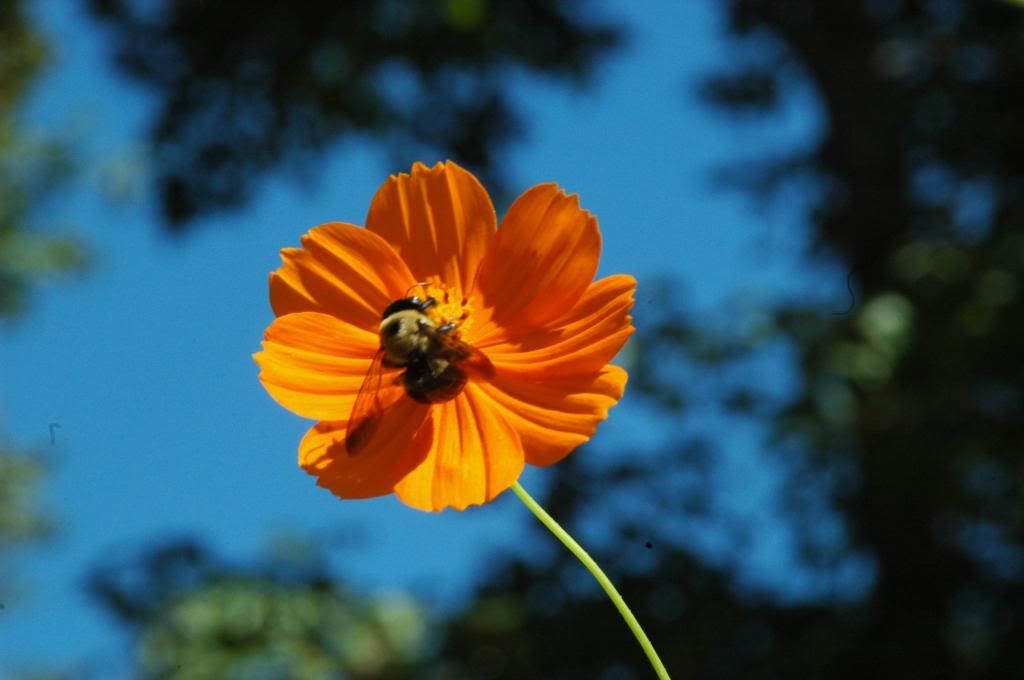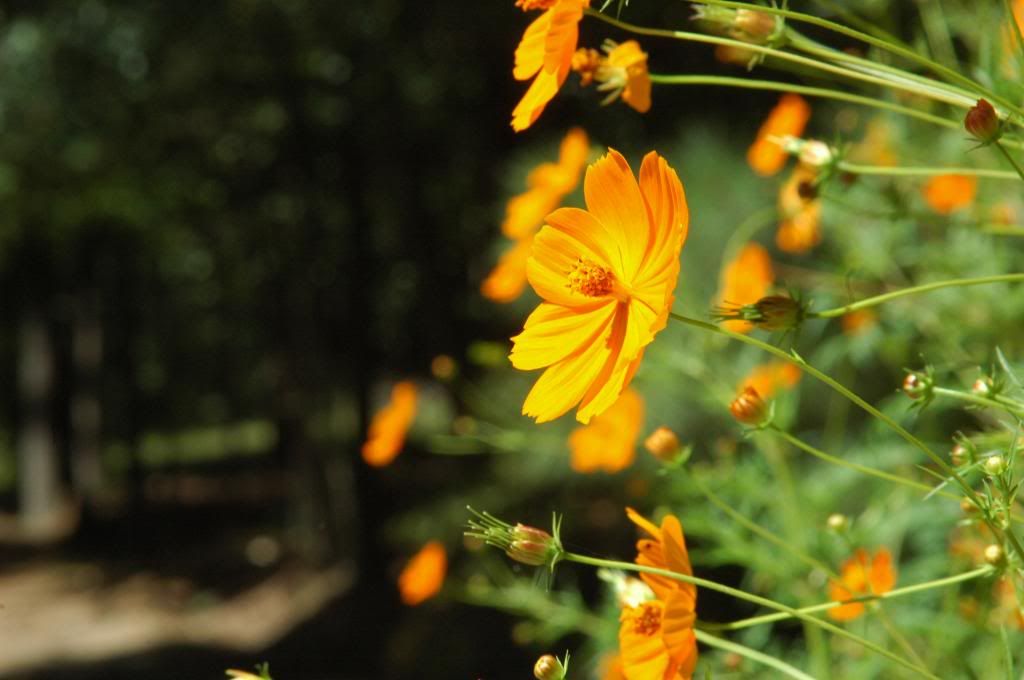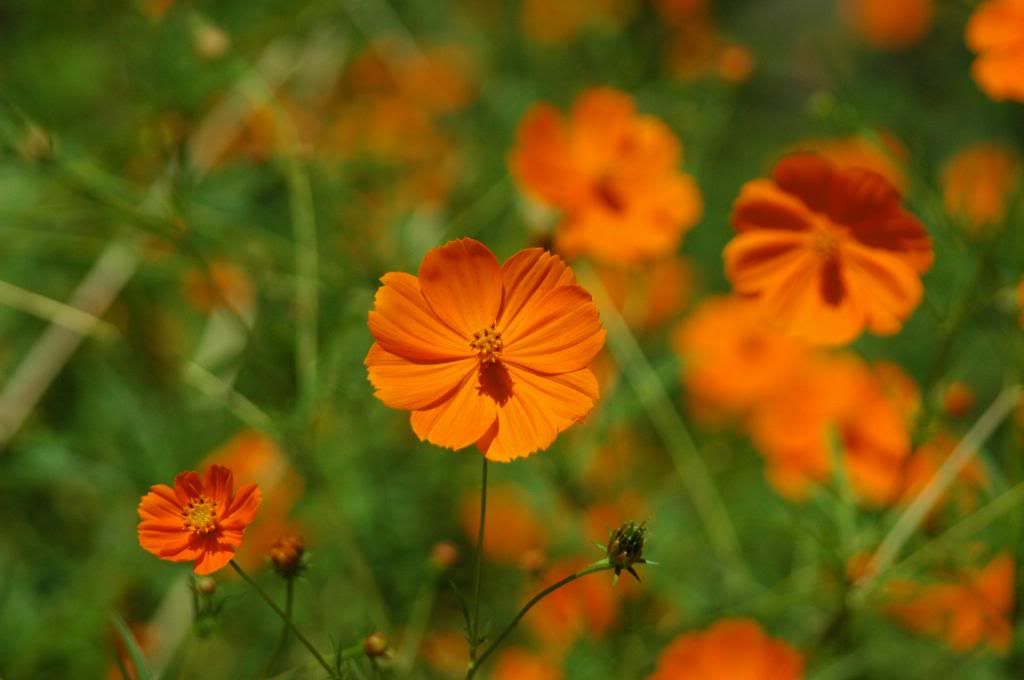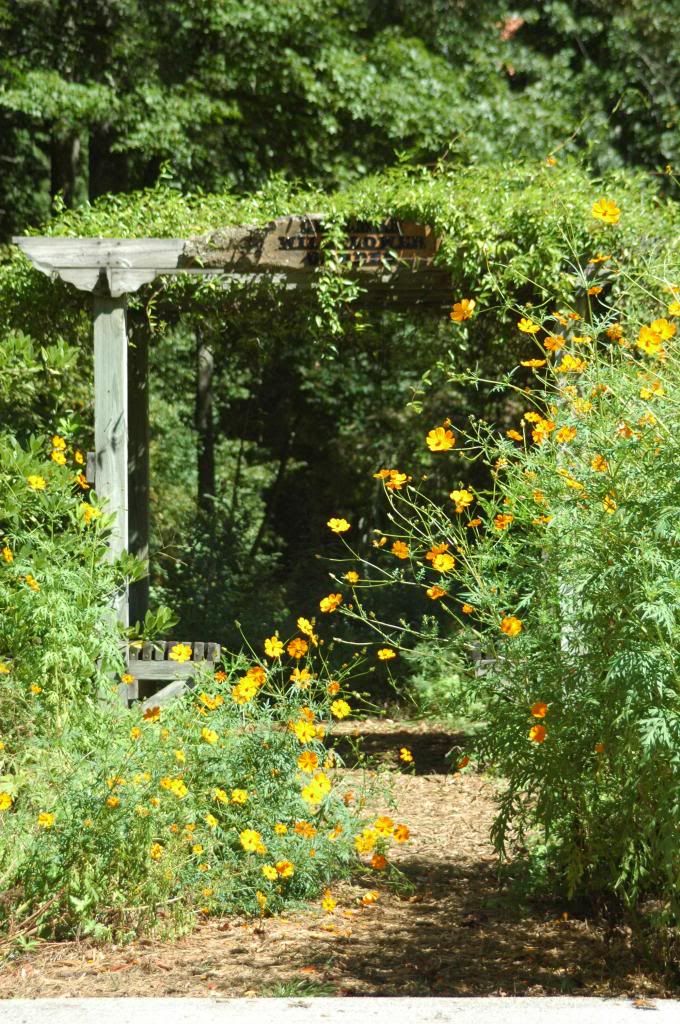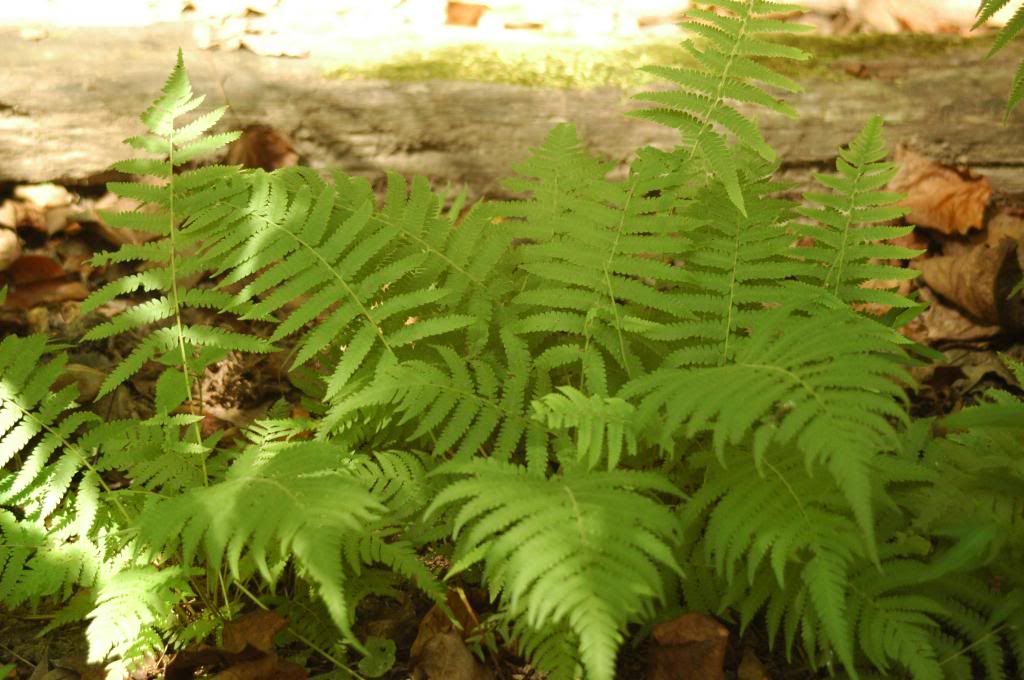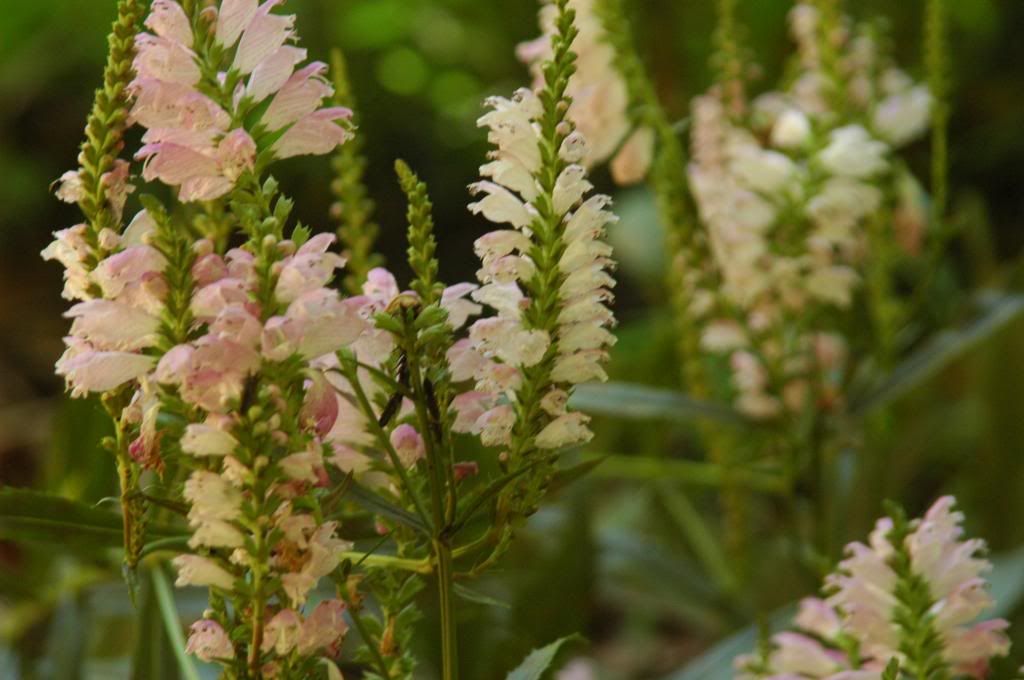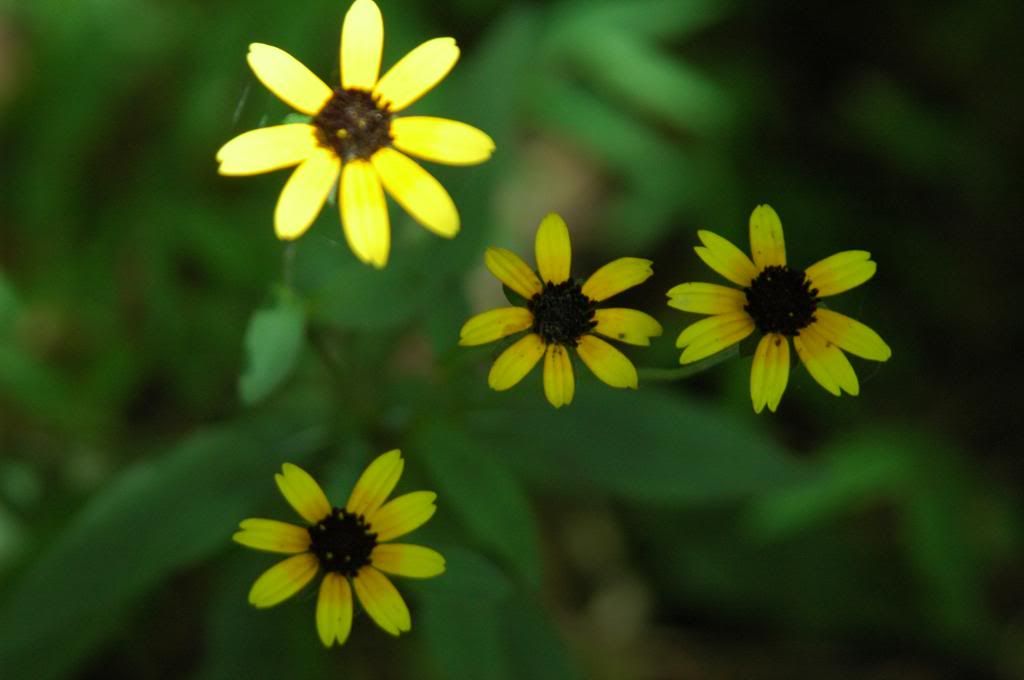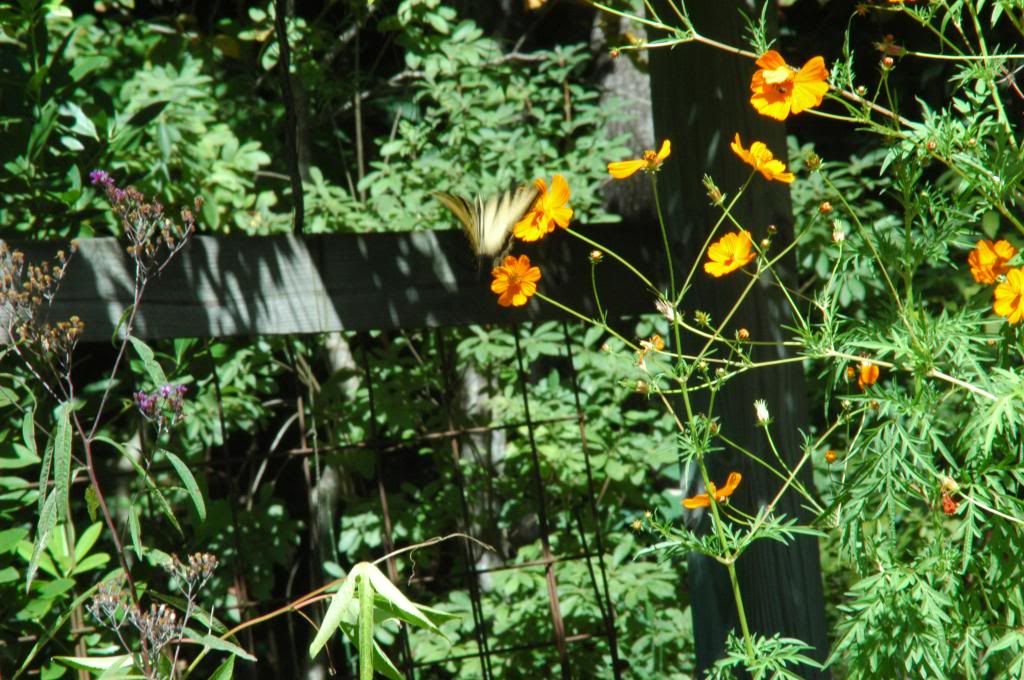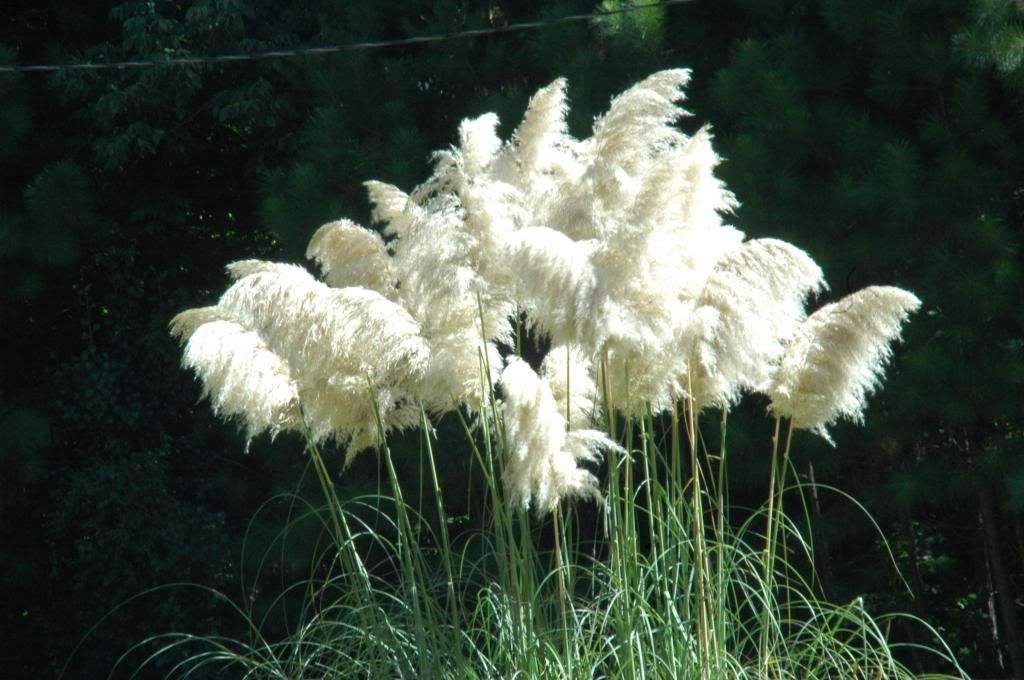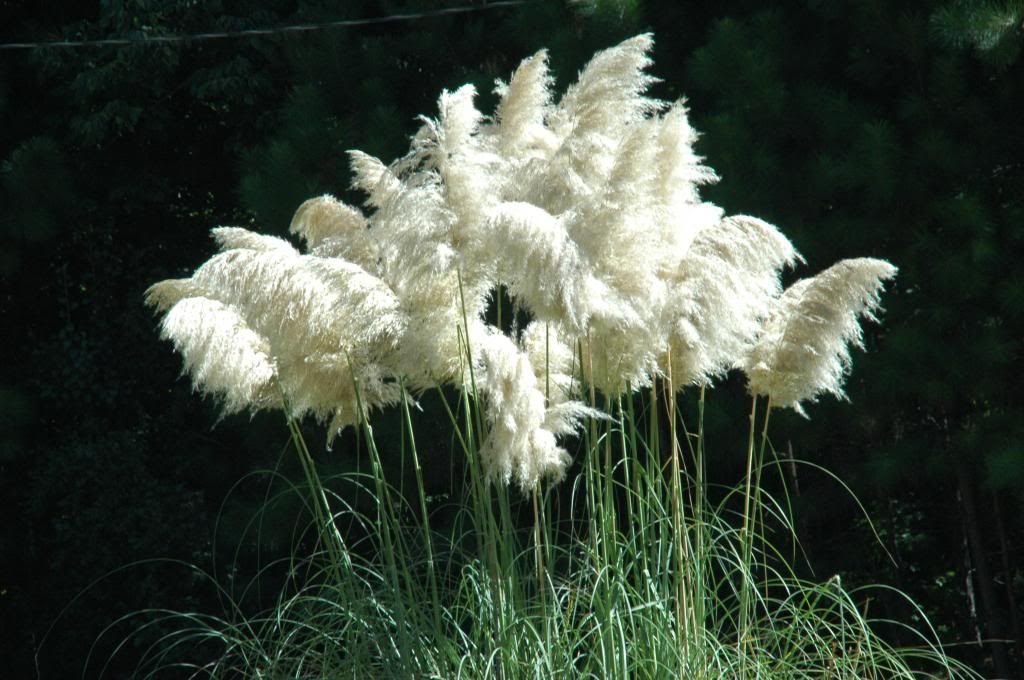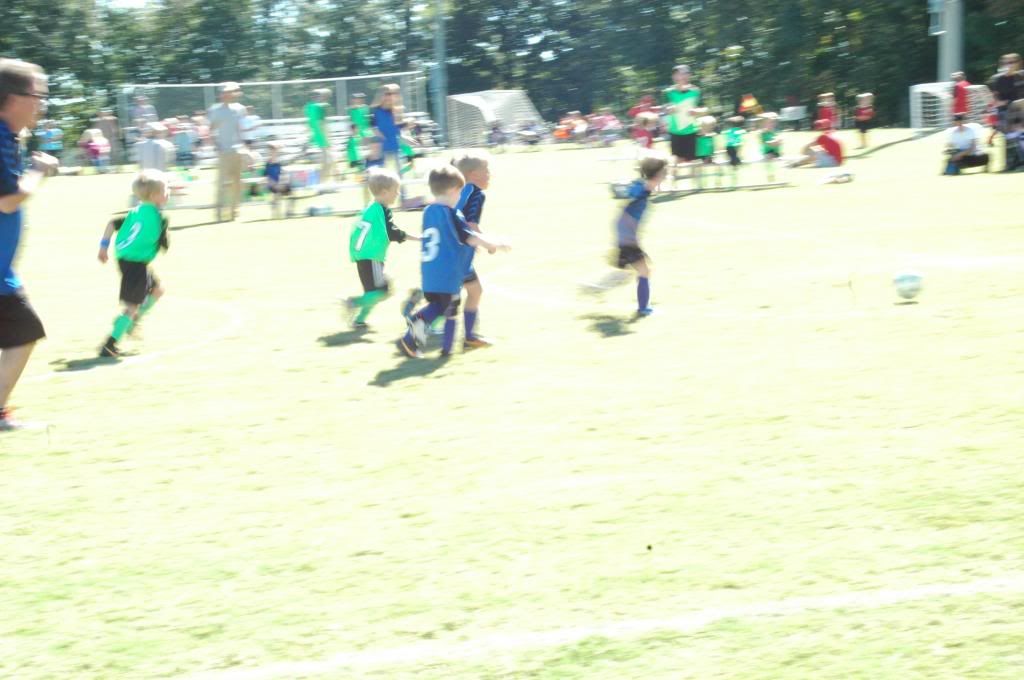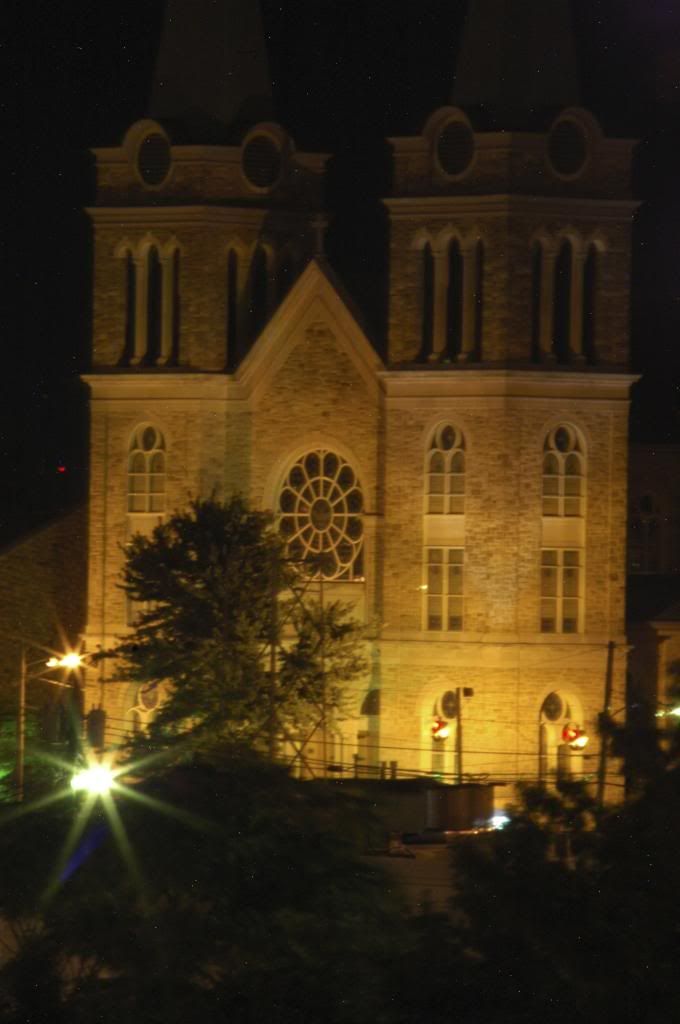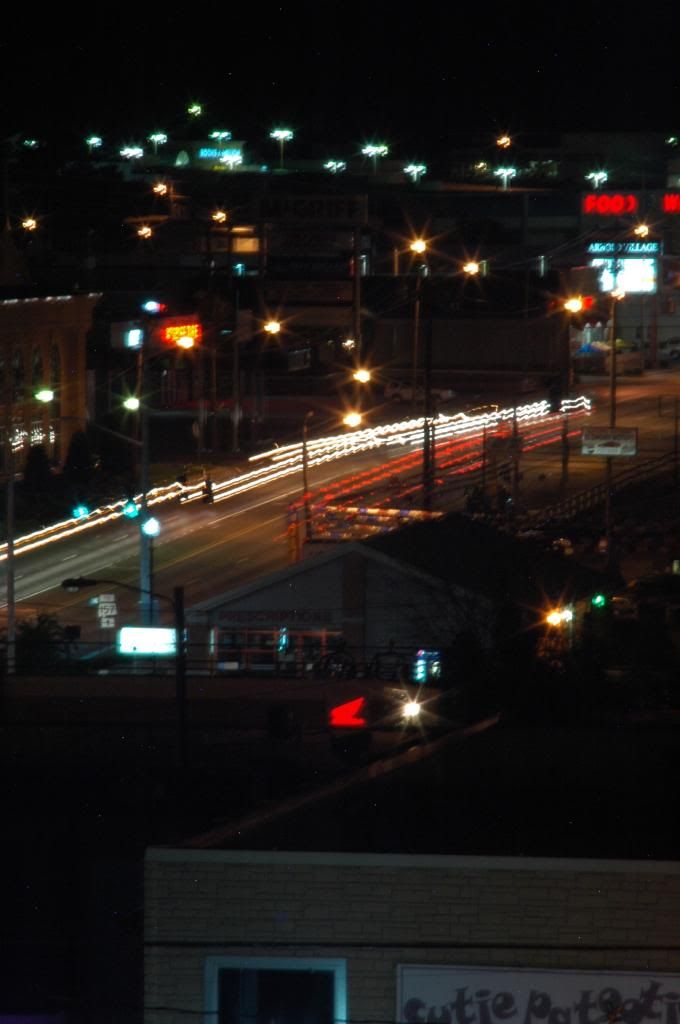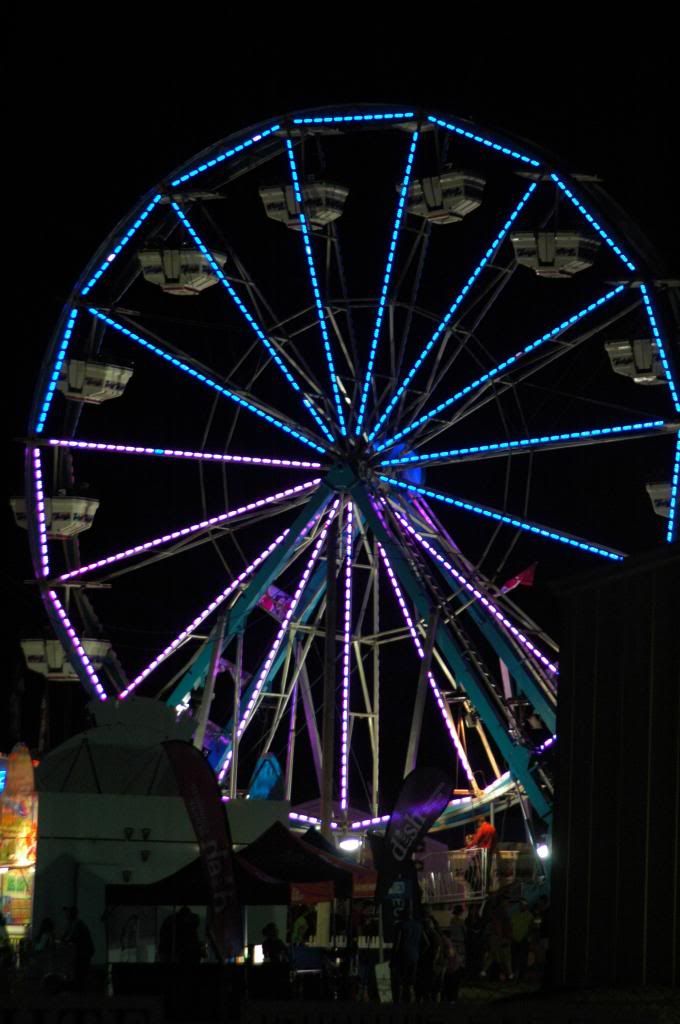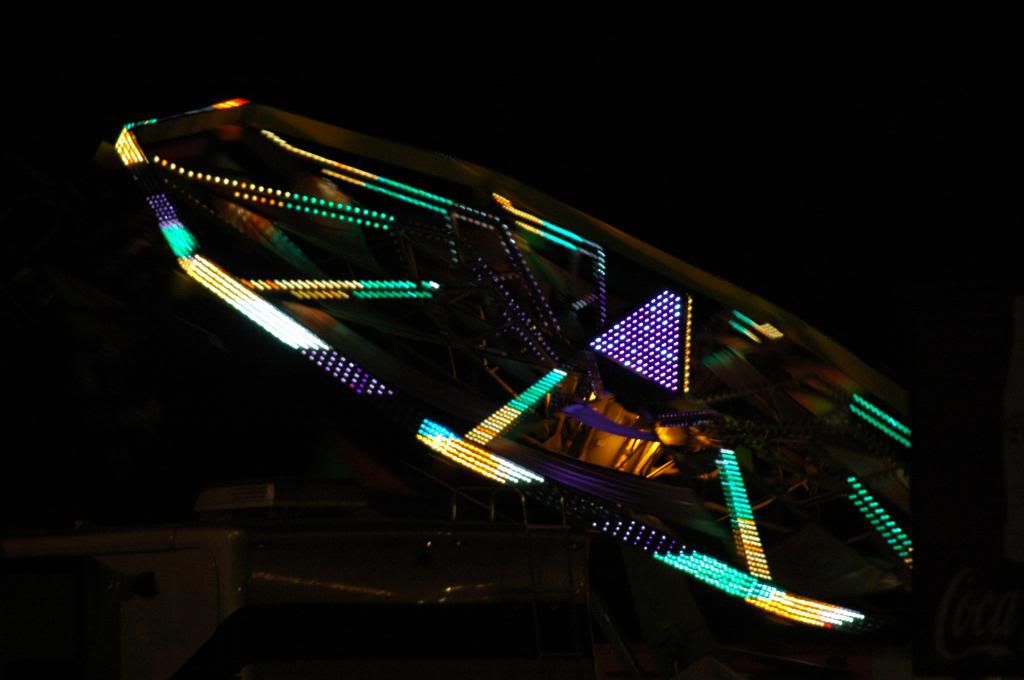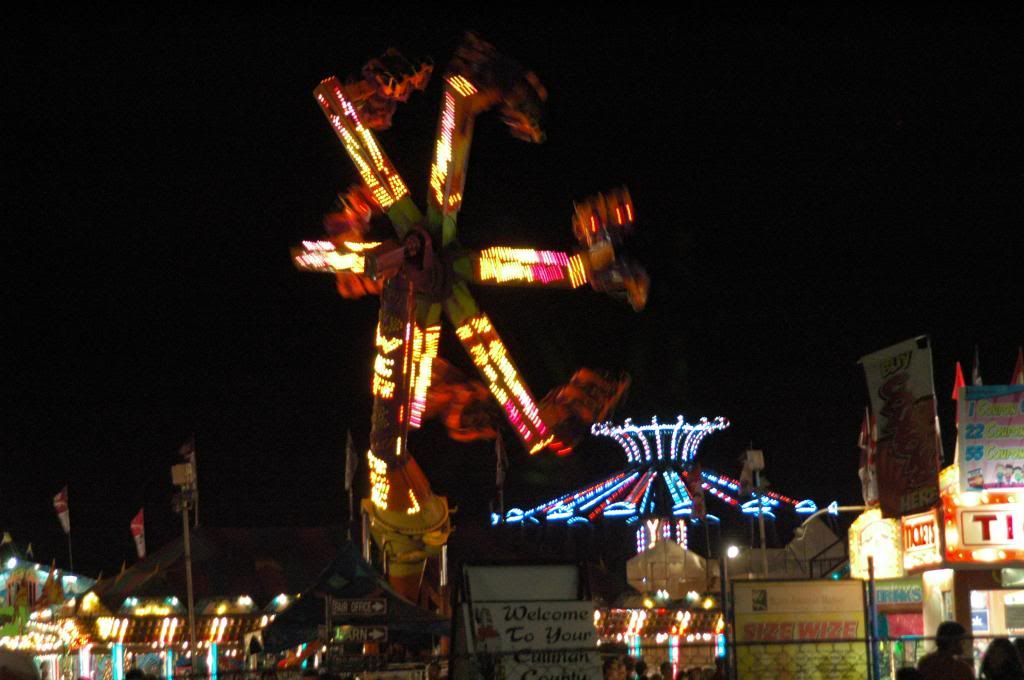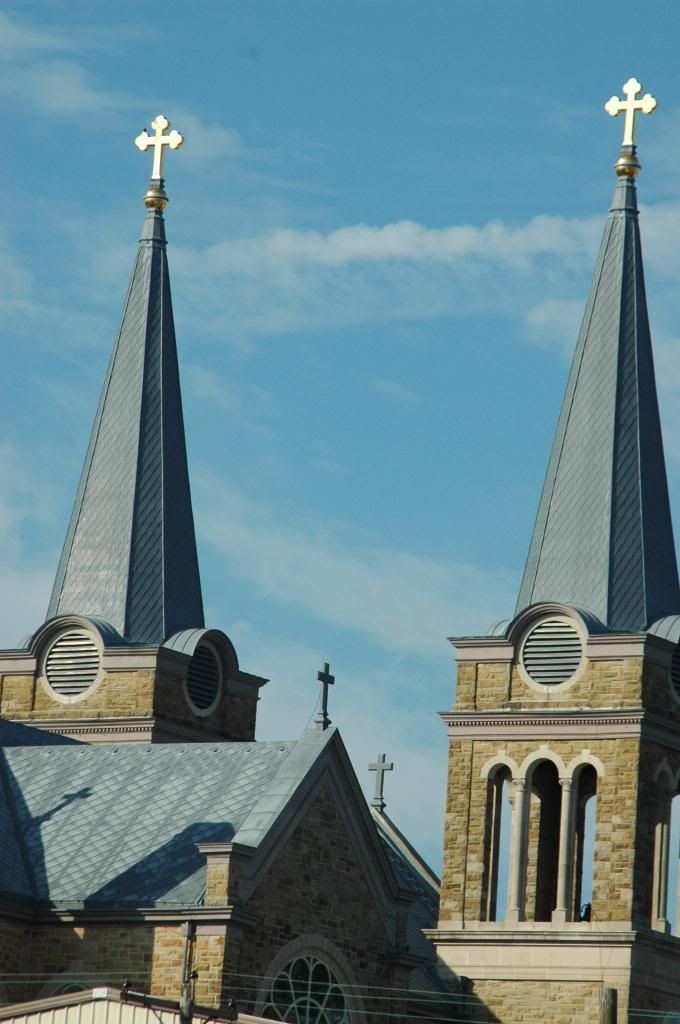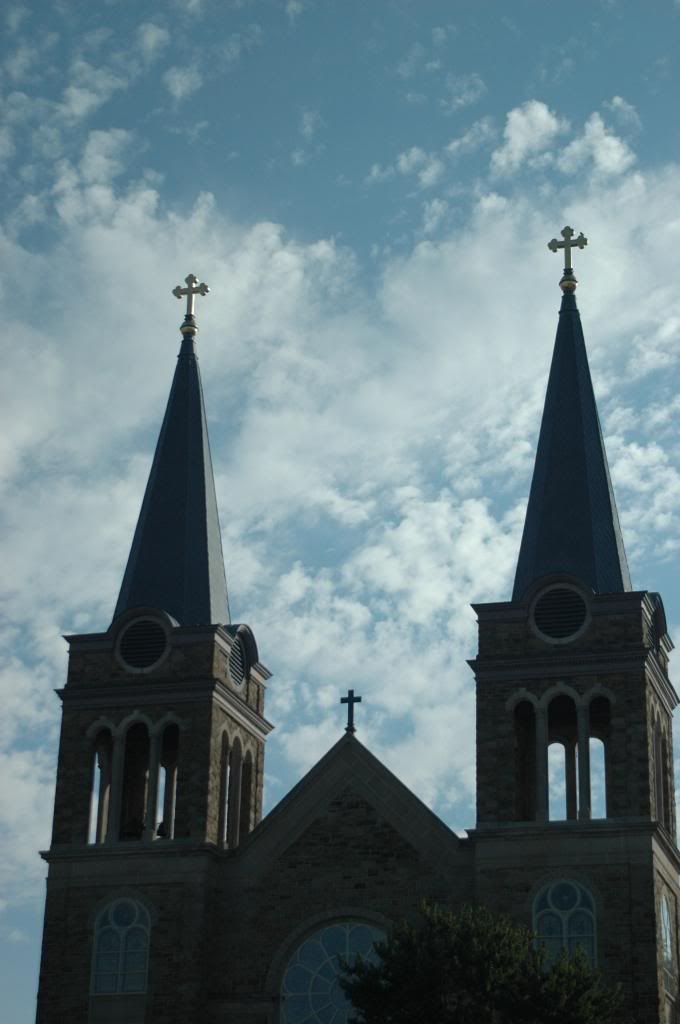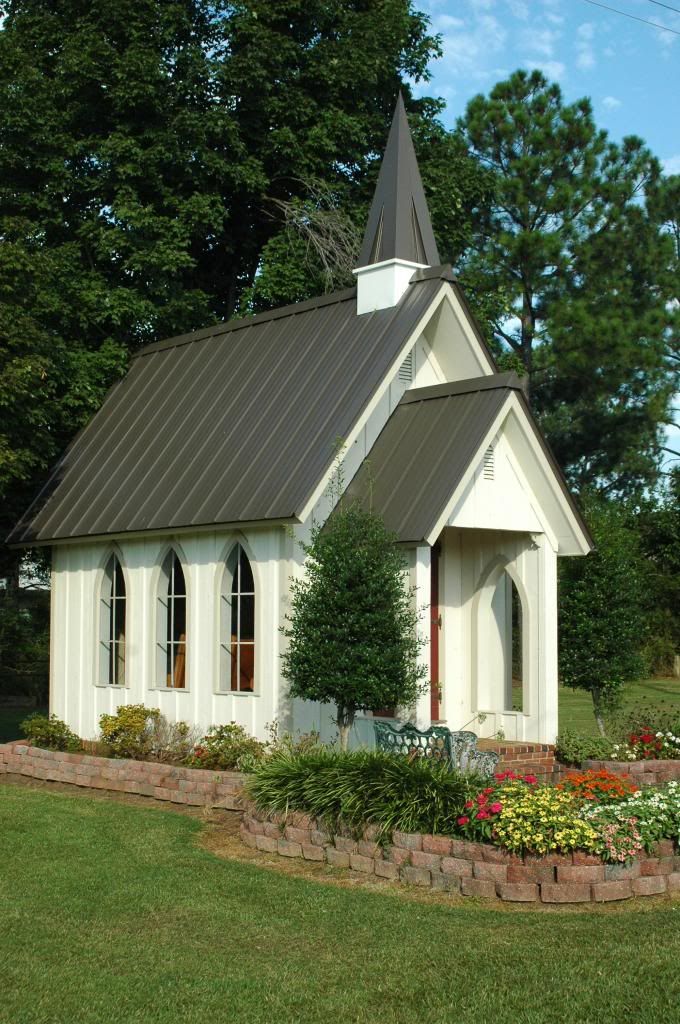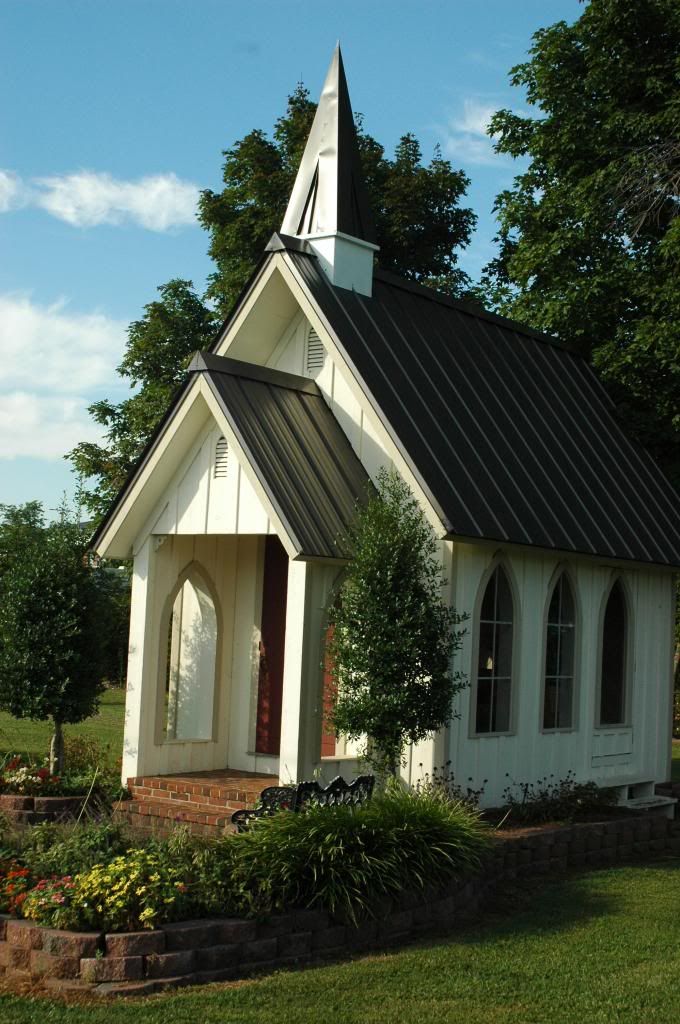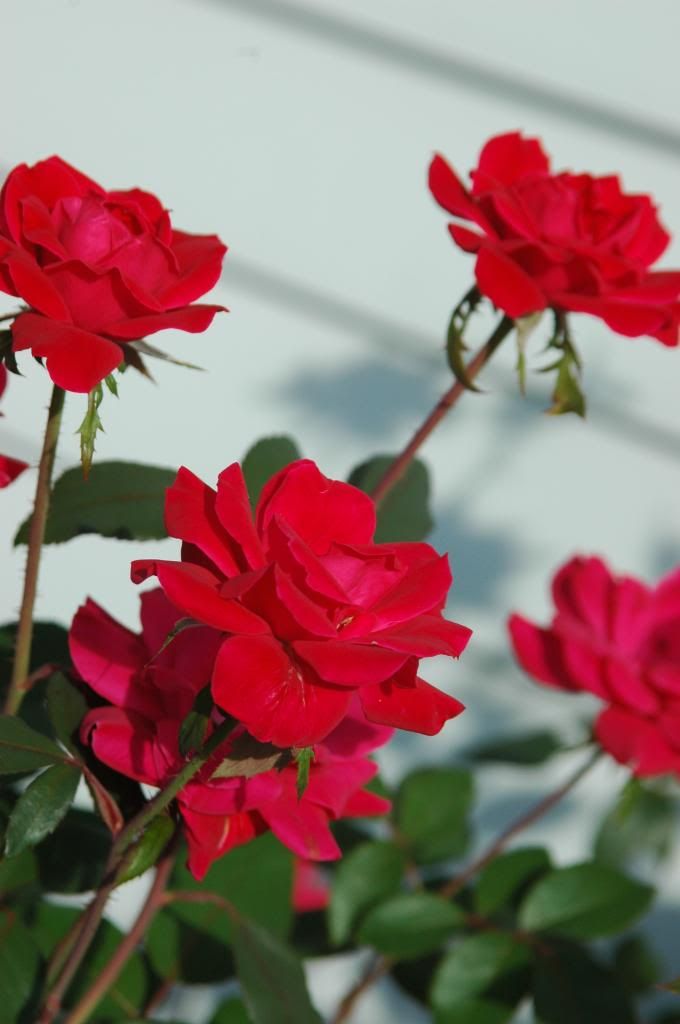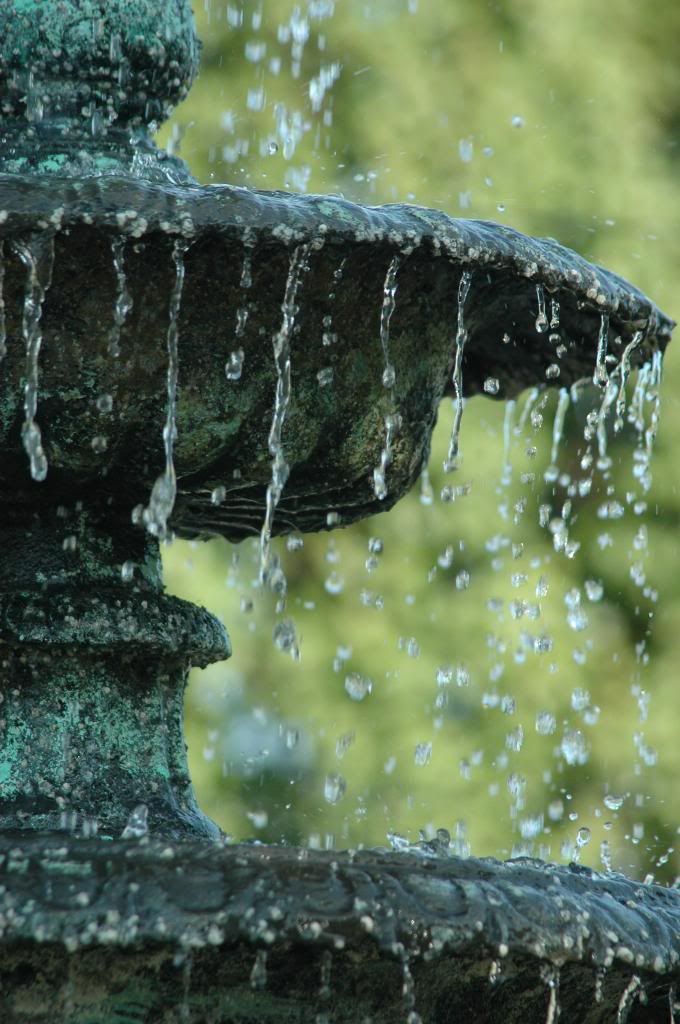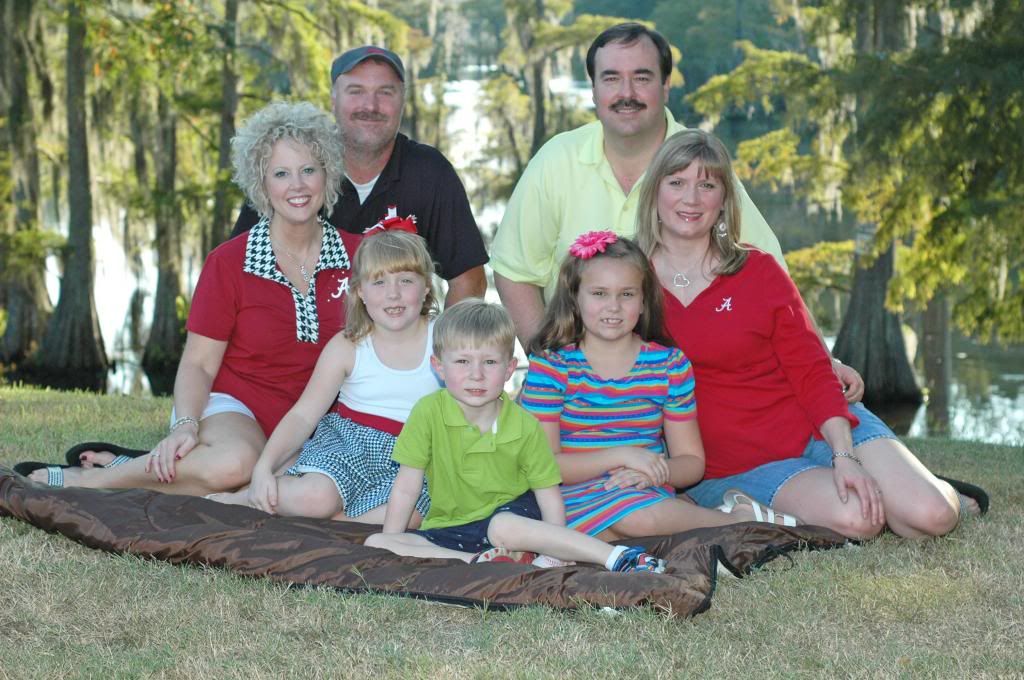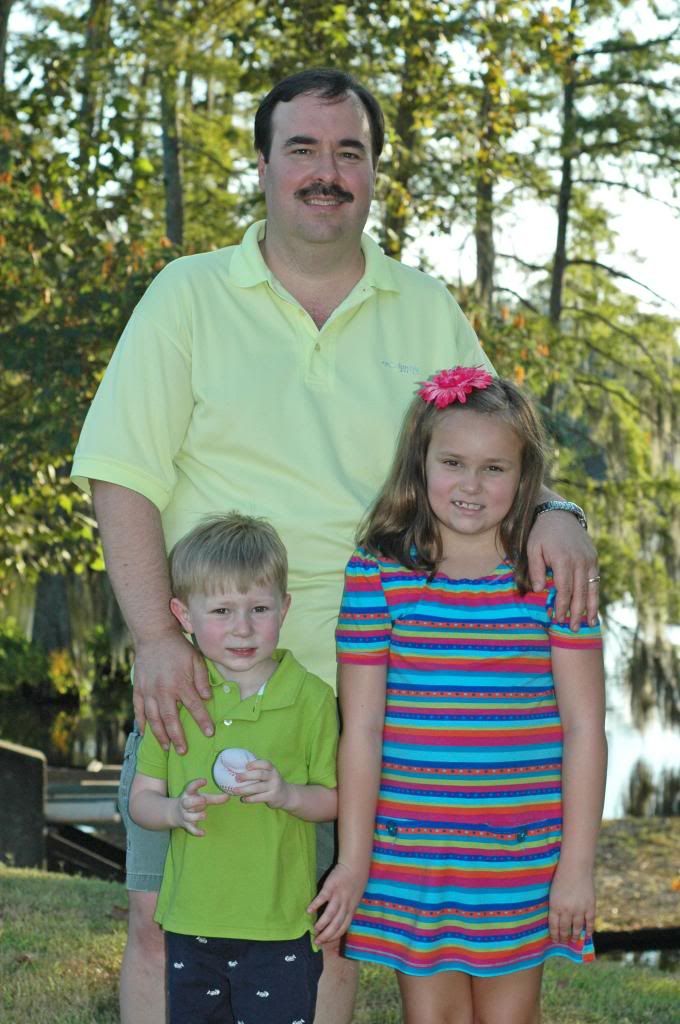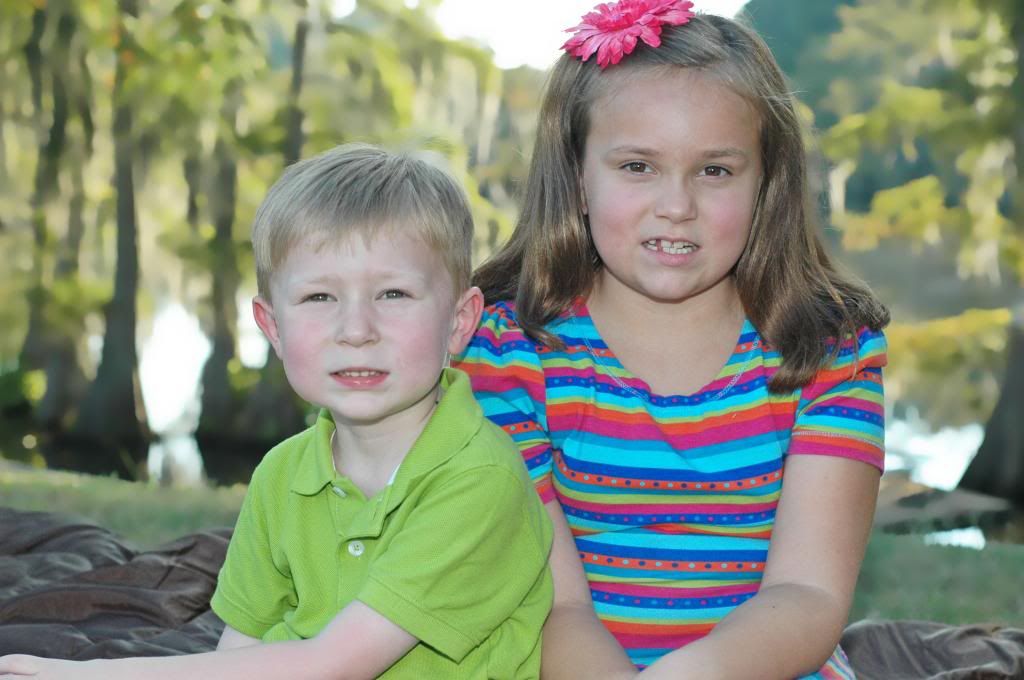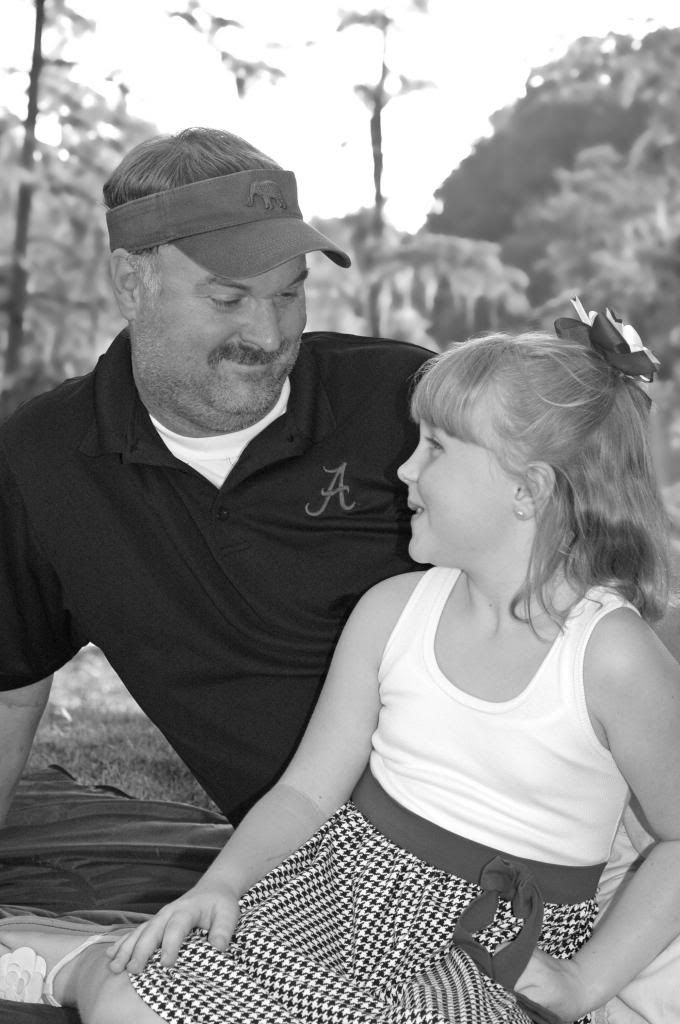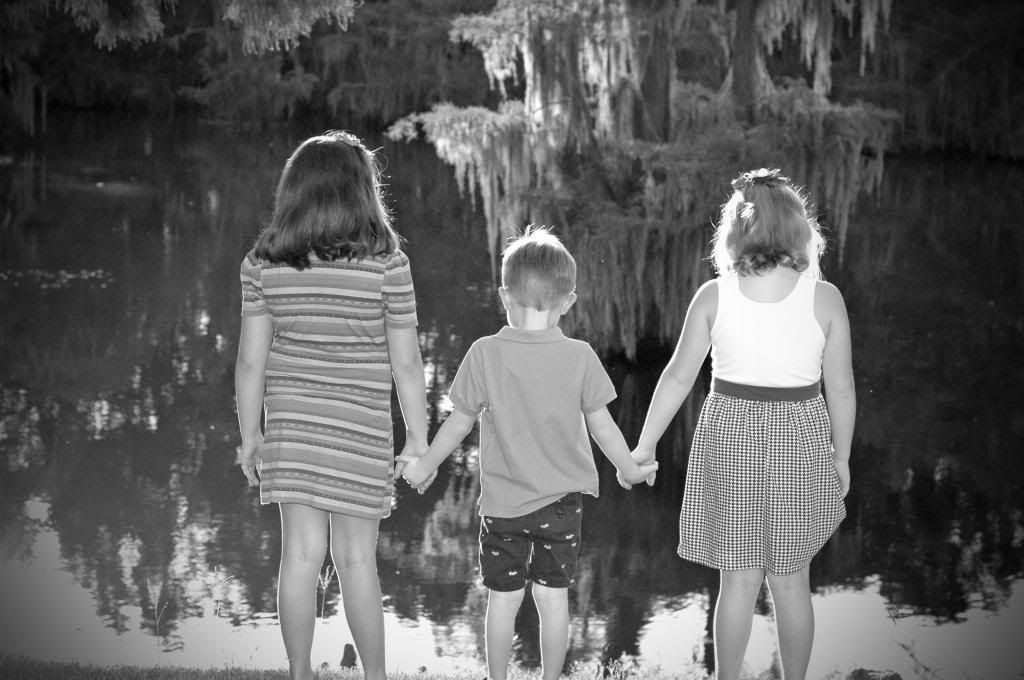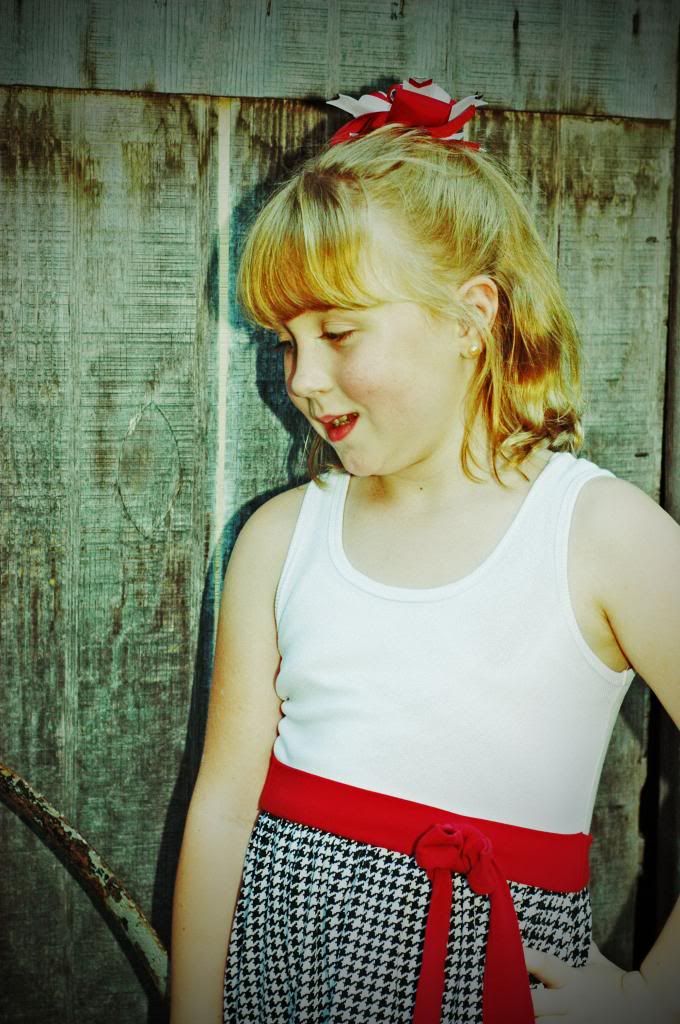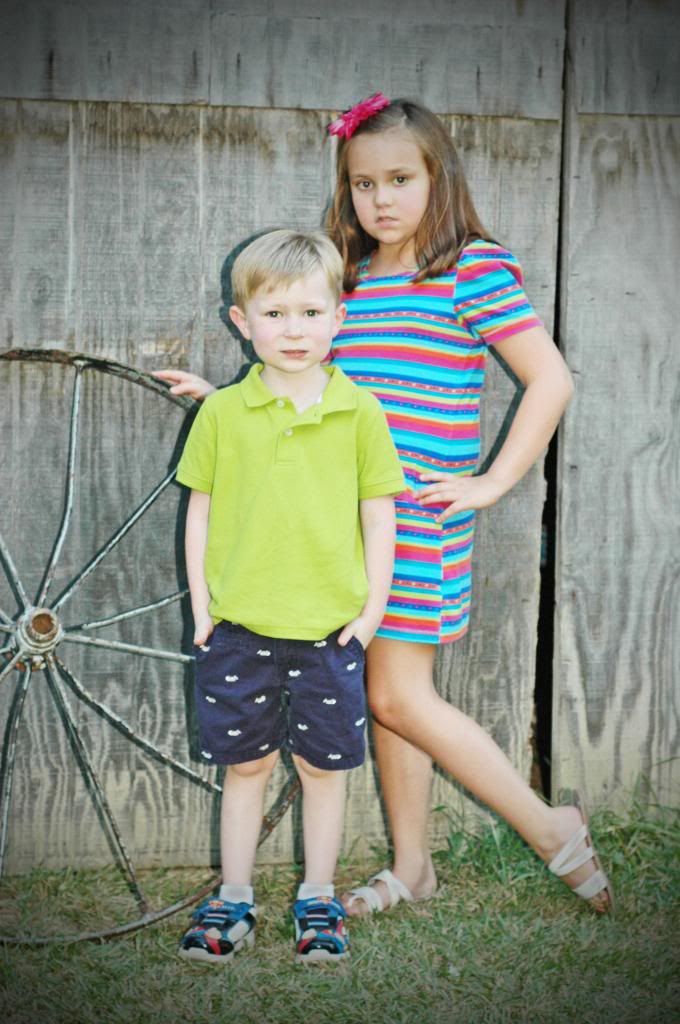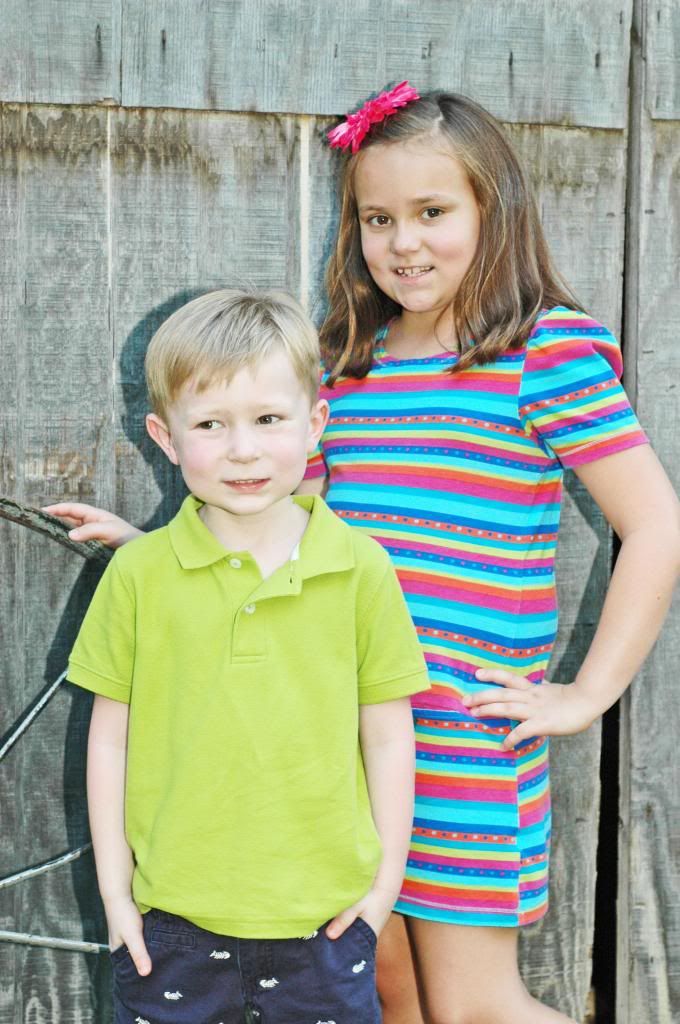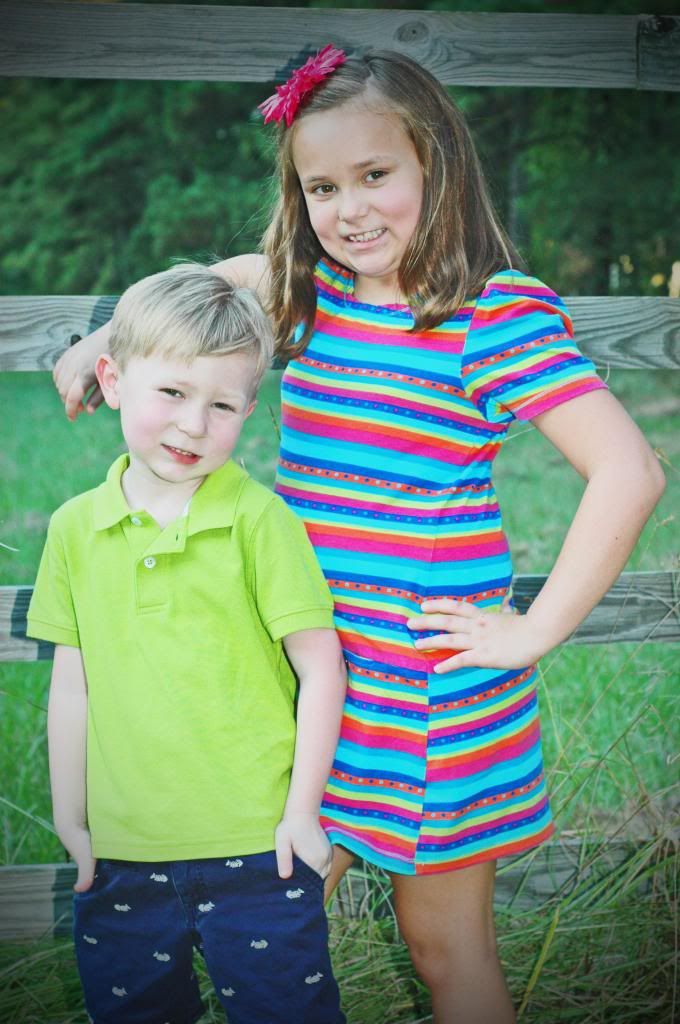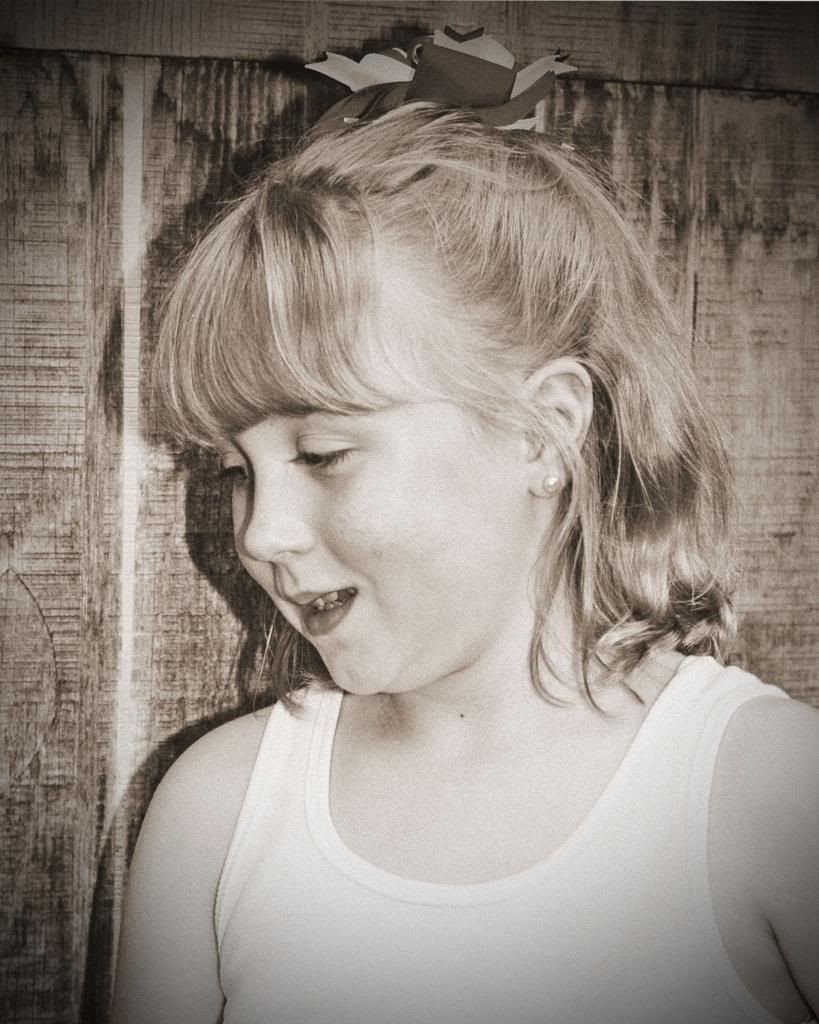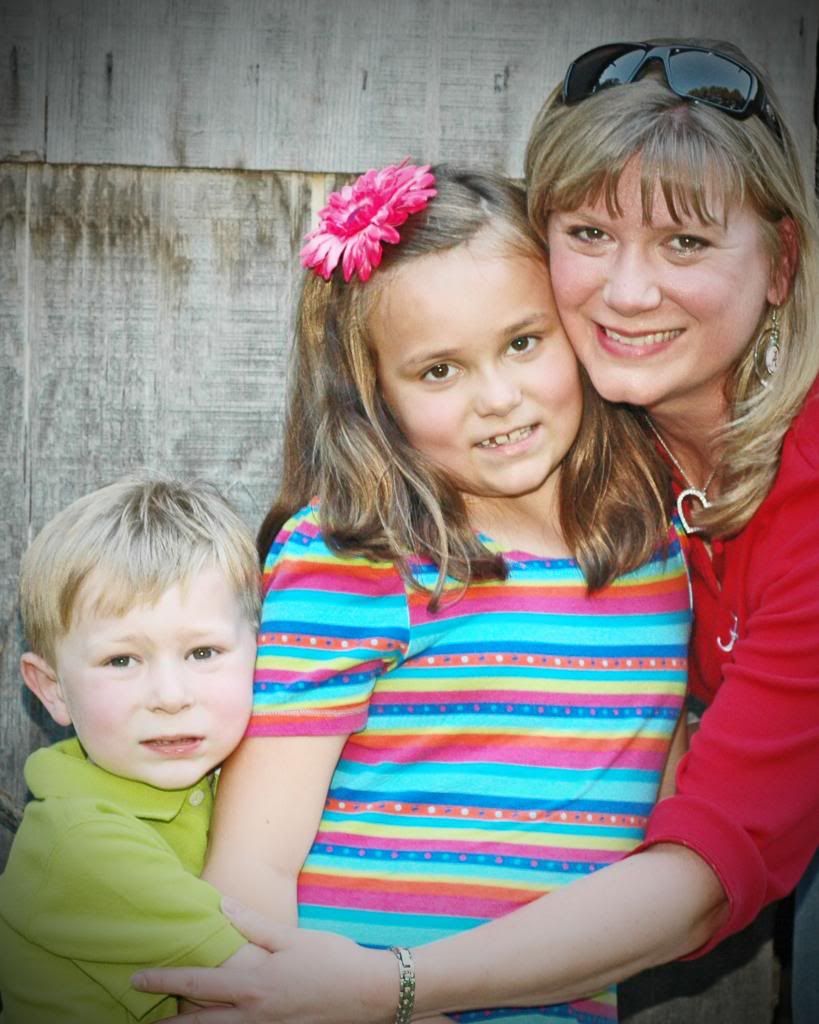Once you select the desired shutter speed and aperture, you depend on your light meter to tell you if you have the right amount light. She even showed us the +/- icon to adjust your exposure to accomplish your art. If adjusting the shutter, aperture and exposure doesn't work, be sure to look at the ISO setting. Remember to use all the ISO you need and no more because it will affect your pixels.
Knowing that manual will be a challenge, I've been practicing this weekend. To be honest, I did end up with some dark photos. I would have to take it again and practice getting the lighting just right. Especially in a house like mine because I don't have enough lighting in order to take photo inside the house. The manual does work great with moving lighted objects.
This week's homework was a questionnaire that my instructor handed out to the class. Once we answered the questions, she requested that we take pictures of our answers. No pressure! On top of our 5 questions, we have to hand in 5 additional photos. Just random photos, nothing special. Below is the answers to my questions and my 5 additional photos. Enjoy!
1. If you could have any kind of "life's work", what would it be?
In manual mode
I would like to travel around the world and taking photographs of different cultures, landscapes and God's beauty.
2. If you could live "anywhere" . . . where would you go?
Shutter speed mode
I would live on a golf course
3. If you could take up a hobby, what would you do?
Manual Mode
I would take up sewing. I use to know how to sew, but it's been since high school. Right now, I'm doing it the old fashion way . . . by hand.
4. If you could "own" one thing of enormous wealth what would it be?
Manual Mode
I would like to own gems
5. Name one thing that you are proud to leave behind.
Aperture Mode
My children
My additional 5 photos:
I've been slowly decorating for autumn. The first two photographs, I took manually. I so proud of myself. I have to confess that it took probably 2-4 photos before I found the best lighting. LOL!
Manual Mode
In this picture, I have a working witch's cauldron. Actually it's lights shining on wind blowing on white material. LOL! I love the lighting. Now that Halloween is quickly approaching, I will be taking a lot more evening photos. I love the lights.
Aperture Mode
Beautiful autumn flowers
Aperture Mode
My lil' pumpkin!
Aperture Mode
Autumn Harvest Time


